
Condominiums present a unique problem for insurance agents and underwriters. Two separate persons (one a legal person and the other a natural person) may “split” the ownership of contiguous property. Regardless of the client’s status as the association or individual unit owner, one key question must be answered to design the insurance program correctly: Who is responsible for what property?
Who Insures Which Property?
Associational responsibility is divided into three levels: original specifications, all-in and bare walls. And each definition presented in this article is from the association’s perspective – delineating which part of the real property the association must insure. Property not insured by the association must be protected by the unit owner’s insurance policy.
To fully understand the three levels of associational responsibility first requires the four categories of condominium real property be specifically described and understood. Condominium real property is classified as either a: 1) common element; 2) limited common element; 3) unit property or 4) unit improvements and betterments.
- Common elements are owned by and benefit all or nearly all members of the association. Land, parking lots and the building’s structural foundations and load-bearing walls are examples of common elements. Also included in this definition are club houses, pool houses,
pools, fences, gates, playground equipment, tennis courts and other property owned by and allocated to all unit owners. Not all property categorized as a common element is insurable in standard property policies (i.e. land), but most can be scheduled. - Limited common elements are beneficial to more than one but less than all unit owners. Common hallways or corridors providing access to several units, walls and columns containing electrical wiring or sprinkler piping serving or protecting multiple units or a plenum enclosure providing heating and cooling to multiple units are examples. Doorsteps, stoops, decks, porches, balconies, patios, exterior doors and windows or other fixtures designed to serve a single unit but located outside the unit’s boundaries are often categorized as limited common elements because the appearance and safety of these fixtures directly affects multiple unit owners although connected to just one unit.
- Unit property is defined by the association’s declarations or statute and is limited to and benefits none but the unit owner. The inside of the exterior walls, interior partition walls, counter tops, cabinetry, plumbing fixtures, appliances and any other real property confined to the unit are examples. Unit property’s definition can vary widely with no universal designation.
- Unit improvements and betterments like unit property benefit none but the unit owner. The three previous definitions of associational responsibility classifications require improvements and betterments be classed separately – excluding improvements and betterments from the definition of covered property under the association’s policy.
A unit improvements and betterments is created by the unit owner’s engagement in any activity or improvement that increases the value of the real property within an individual unit – such as updating the flooring from carpet to hardwood or other such improvements.
Levels of Associational Responsibility Explained
Original specification requirements, known as single entity coverage, make the association responsible for the common elements, limited common elements and unit property. Unit improvements and betterments are not the responsibility of the association. Connecting the pieces:
- The association insures the common elements, limited common elements and unit property;
- Unit owners insure unit improvements and betterments and their personal property within the unit.
All in (all inclusive) requirements differ from original specification wording in one major aspect: the association’s additional responsibility to insure unit improvements and betterments. In addition to insuring common elements, limited common elements and unit property, associations extending protection on an all in basis are also charged with insuring unit improvements and betterments. If the association provides all-in protection, then:
- The association insures common elements, limited common elements, unit property and unit improvements and betterments;
- Unit owners insure only personal property within the unit.
- Bare walls wording limits associational insurance responsibility to the common elements and limited common elements. To complete the puzzle:
- The association insures the common elements and the limited common elements;
- Unit owners are tasked with insuring unit property, any unit improvements and betterments and the owner’s personal property within the unit.
At issue in bare wall situations is the definition of unit. Unit does not have a universal or even uniform definition. Unit boundaries, the beginning of the area the association is not responsible for insuring, can be everything from the studs; or the unfinished walls (meaning the paint is insured by the unit owner); or the sub-floor and underside of the ceiling, or any other variation.
NFIP – A Special Case
Two standard flood insurance policies (SFIPs) connect in condominium forms of ownership: the Residential Condominium Building Association Policy (RCBAP) provides coverage for the association and the Dwelling Form is purchased by the individual unit owner to cover personal property. These forms apply as per NFIP standards regardless of any statutory or associational declaration regarding insurance responsibility.
The RCBAP policy form specifically states that coverage is provided for all real property to include real property that is part of the unit.
FEMA guidelines further clarify in rule “IV. COVERAGE: A. Property Covered: The entire building is covered under one policy, including both the common as well as individually owned building elements within the units, improvements within the units, and contents owned in common. Contents owned by individual unit owners should be insured under an individual unit owner’s Dwelling Form.”
In essence, the RCBAP is all-in coverage.
Completing the Condo Coverage Picture
Agents for both the association and the unit owner require the same mass of information to complete the condominium puzzle. All the pieces must be available.
To properly write property coverage, agents must have:
- A copy of the association’s declarations or covenants, conditions and restrictions;
- A copy of the applicable state statute;
- An official letter documenting the definition of a unit’s boundaries detailing who is responsible for insuring which property. Many agents forego this step, depending on their own experience and knowledge to make this determination. This decision could prove detrimental in court; and
- A verifiable or signed property valuation calculation. Due to the intricacies of ownership and various combinations of responsibility to which condominium associations and unit owners are subject, getting a written valuation from a specially trained professional or approval from the insured will be beneficial should any question arise. When insuring personal property only, let the insured value his property.
Insuring individual unit owners requires gathering and piecing together the same detail as does insuring a condominium association. Association and unit owner programs must dovetail seamlessly. Unless both sides utilize the same data, such a clean connection and complete picture is impossible.
Topics Property
Was this article valuable?
Here are more articles you may enjoy.
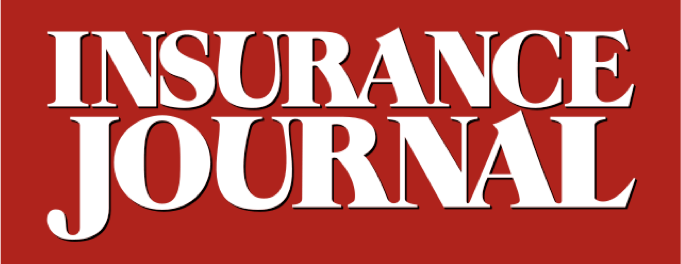
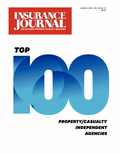
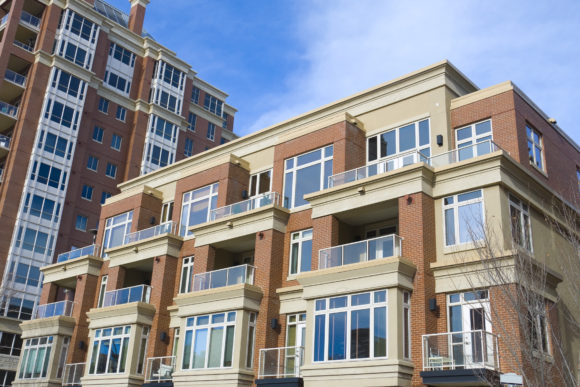
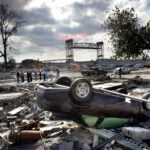 20 Years Later, Hurricane Katrina’s Impact Echoes in Models, Mitigation and Reforms
20 Years Later, Hurricane Katrina’s Impact Echoes in Models, Mitigation and Reforms 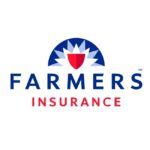 Farmers Insurance Data Breach Could Impact More Than a Million Customers
Farmers Insurance Data Breach Could Impact More Than a Million Customers  20 Years After Katrina, Hurricane Risks to Gulf Coast Rising, Scientist Warns
20 Years After Katrina, Hurricane Risks to Gulf Coast Rising, Scientist Warns  Ford to Recall Hundreds of Thousands of Vehicles Over Instrument Panel, Leak Issues
Ford to Recall Hundreds of Thousands of Vehicles Over Instrument Panel, Leak Issues 



